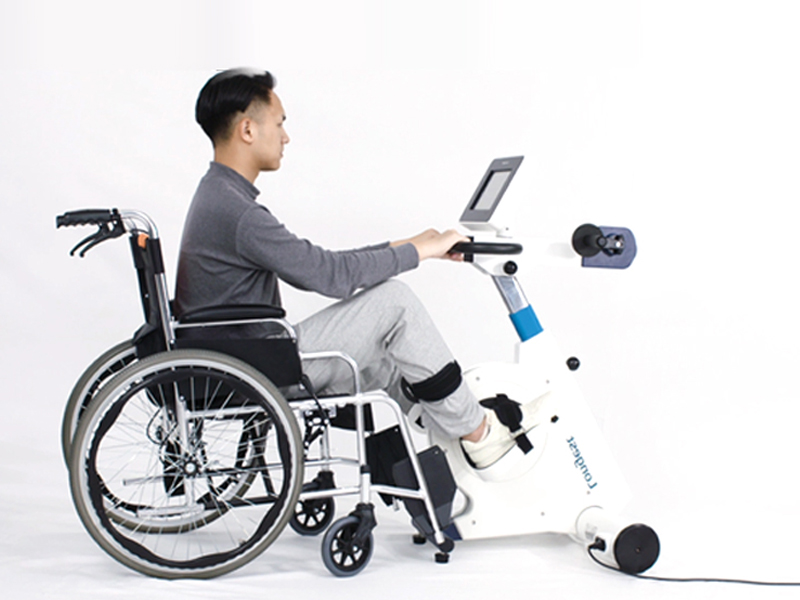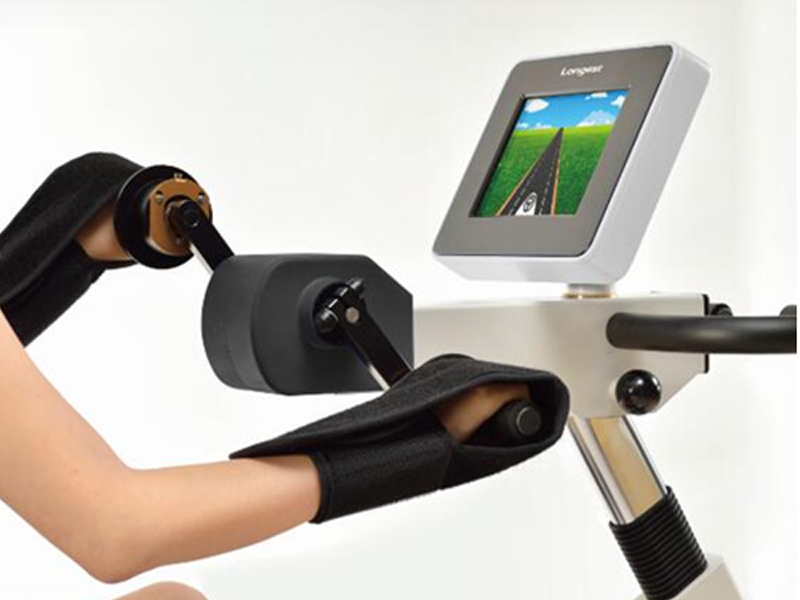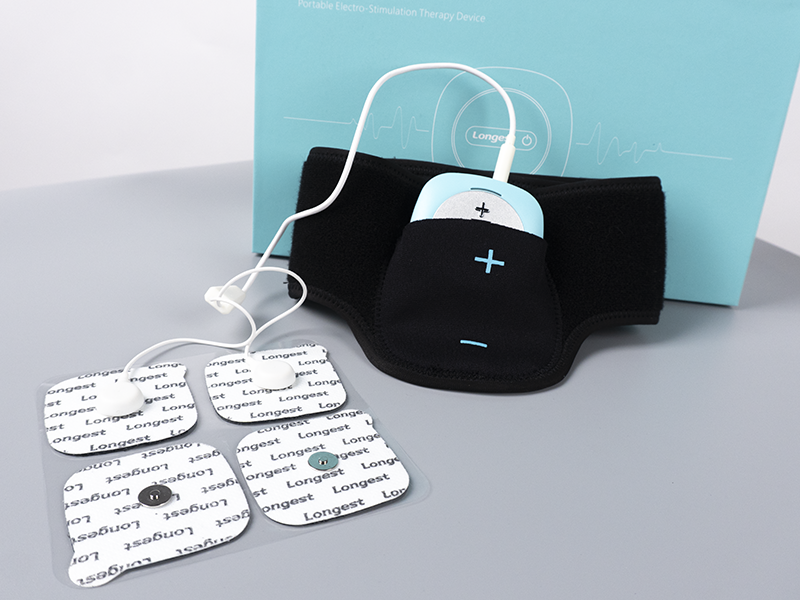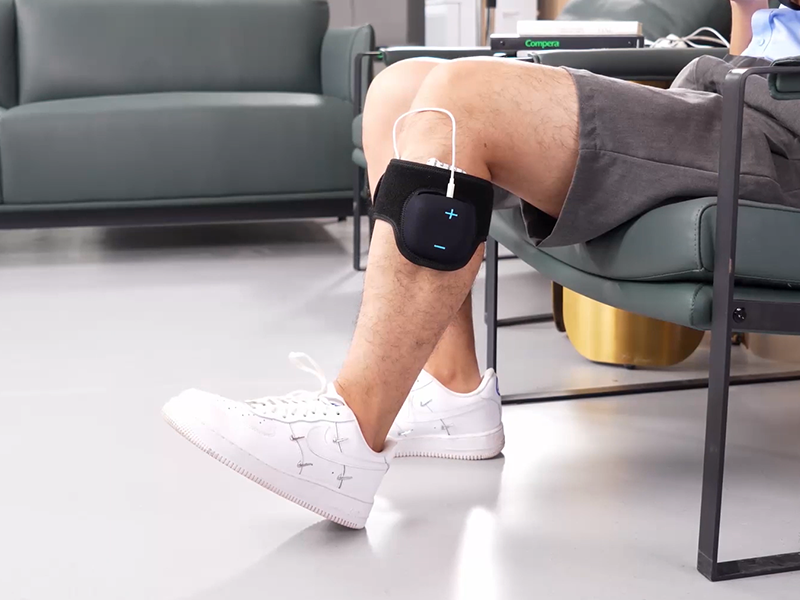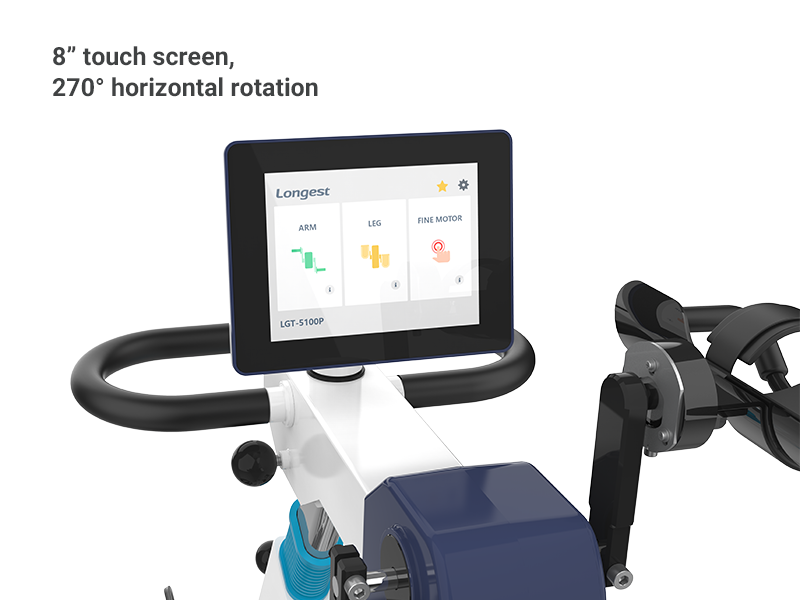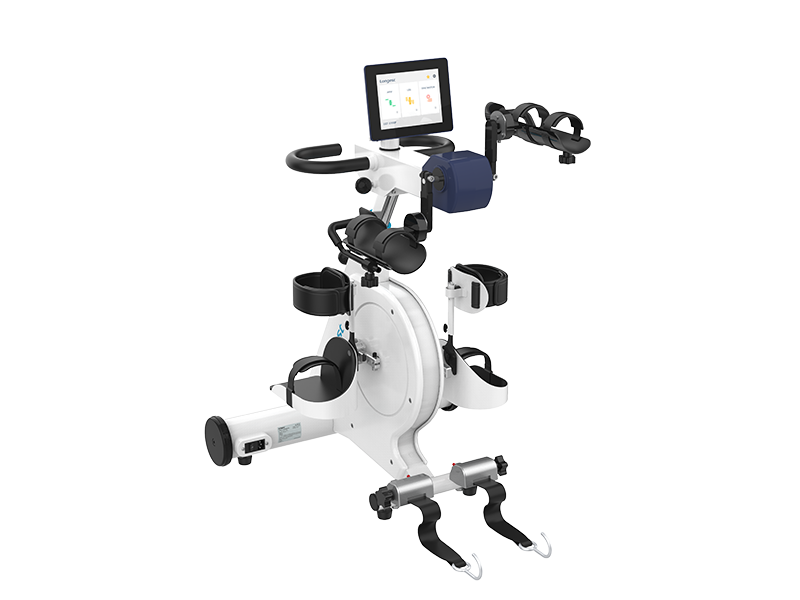Description
Versatile
4 training modes to meet different recovery needs of patients
- Active-Passive Training: for patients with reduced muscle force to improve strength and increase range of motion. The rehab bike allows complete control of cycling speed, number of rotations, and load levels.
- Assistive Training: It assists patients with little muscle force in completing the cycling exercise which can help strengthen muscles and improve coordination.
- Symmetry Training: The screen will display the training levels of the left and right limbs, enabling the correct adjustment to improve the bilateral balance of muscle strength and enhance coordination
- Isokinetic Training: The patients complete the pedaling cycles actively, with constant speed but varying resistance levels
Safe
- Optional Wheelchair Fixation Kits: fixate the wheelchair to ensure safe and comfortable training, friendly to patients in wheelchairs
- Hand Straps: support the weak arm and prevent slipping
- Optional Calf Support: secure positioning of the feet on the pedal to prevent the user from slipping; it also provides stability for the lower leg and the angle of the ankle
- Spasm Recognition: the rehab bike can quickly identify and relieve spasms
User Friendly
- 8″ Full-Color Screen: 270° rotation, intuitive interface for easy operation
- Little Wheels on the Bottom: move the trainer easily and effortlessly
- Engaging game: improve rehabilitation exercise experience
Rehab bikes, also known as exercise bikes or stationary bikes, are commonly seen in various rehabilitation settings. The bike provides controlled and low-impact exercise options for individuals recovering from injuries, surgeries, or medical conditions including:
- Strokes
- Brain trauma
- Parkinson’s disease
- Cerebral paresis
- Multiple sclerosis (MS)
- Muscular diseases such as muscular dystrophy
- Cardiovascular problems
- Arthritis and osteoarthritis
- Other problems lead to hypokinesia
Benefits of the training
- Regain muscle strength
- Increase range of motion
- Improve cardiovascular fitness
- Improve endurance, coordination, and balance
- Maintain a healthy weight
| Dimensions in mm(W×L×H) | 710×760×1072 |
| Standard Weight | 55kg |
| Interface | 8″ touch screen |
| Power Supply | AC100-240V, 50-60Hz |
| Rated Power | 160 VA |
| System of Protection | Class I, Type B Applied Part |
| Time | 1-60min |
| Rotate Speed | 5-60 r/min |
| Resistance Level | 0-24 ( 0-12 Nm, 0.5 Nm/level) |
| Spasm Level | 1-10 (1-10 Nm, 1 Nm/level) or OFF |
| Spasm Relief Rate | 1-5 |
| Timer | 1-120 min |
Standard
| Name | Picture | Function | Quantity |
| Training handle kit | 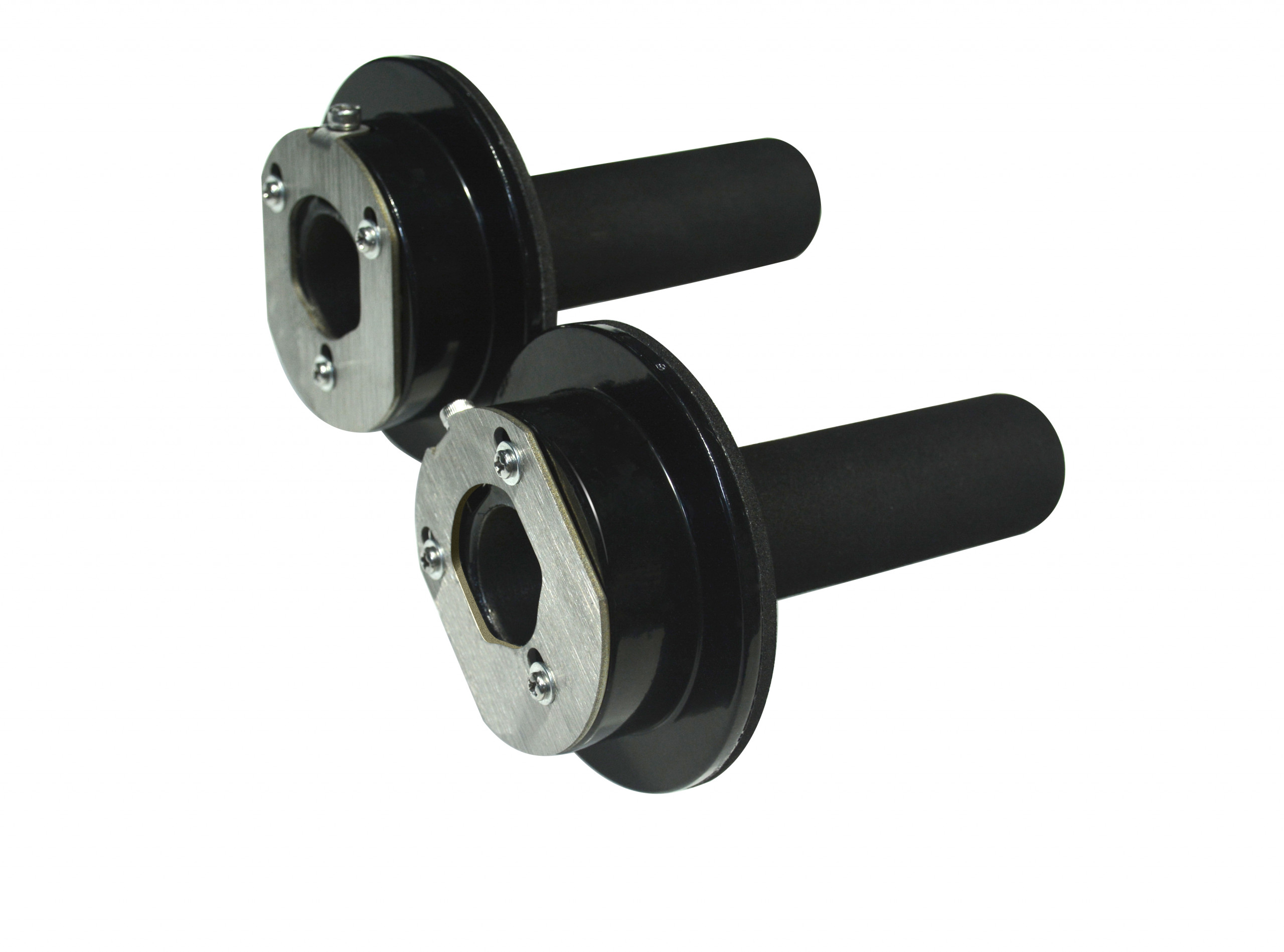 | Hand-grasping assistance | 1 pair |
| Training cuffs | 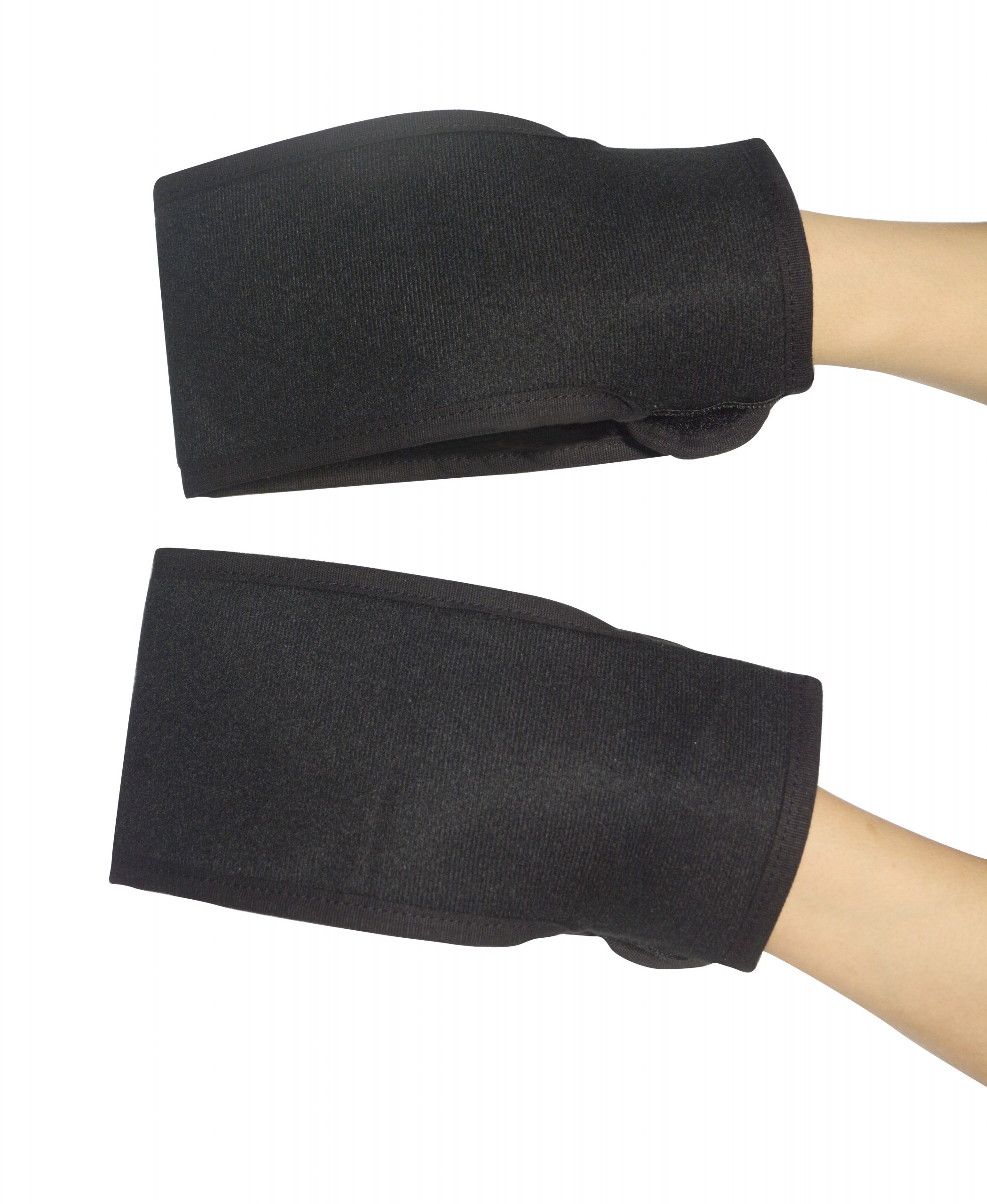 | Hand fixation | 1 pair |
Optional
| Name | Picture | Function |
| Training handle grip | 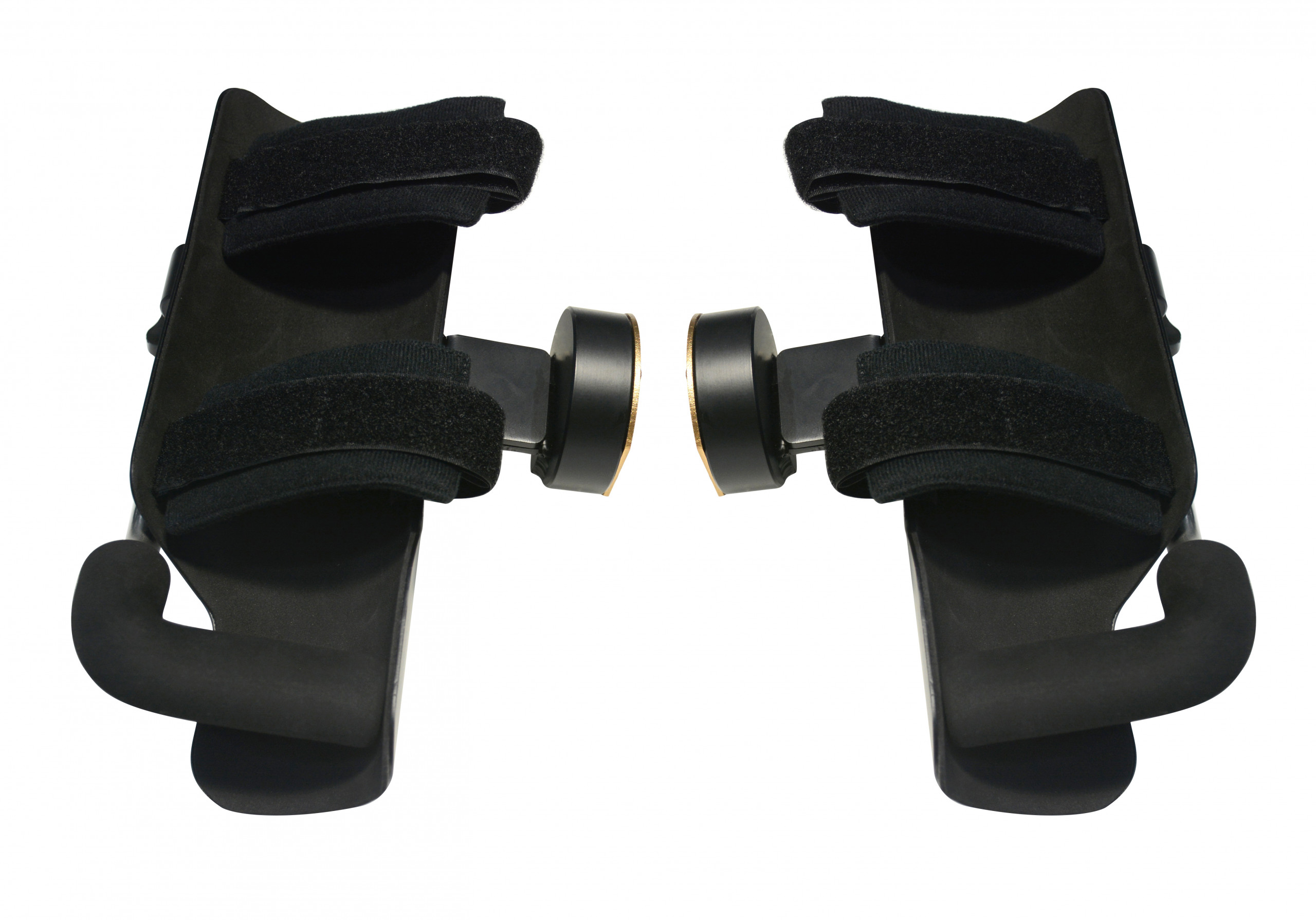 | Palm rest & hand fixation |
| Type I: Anti-Tipper | 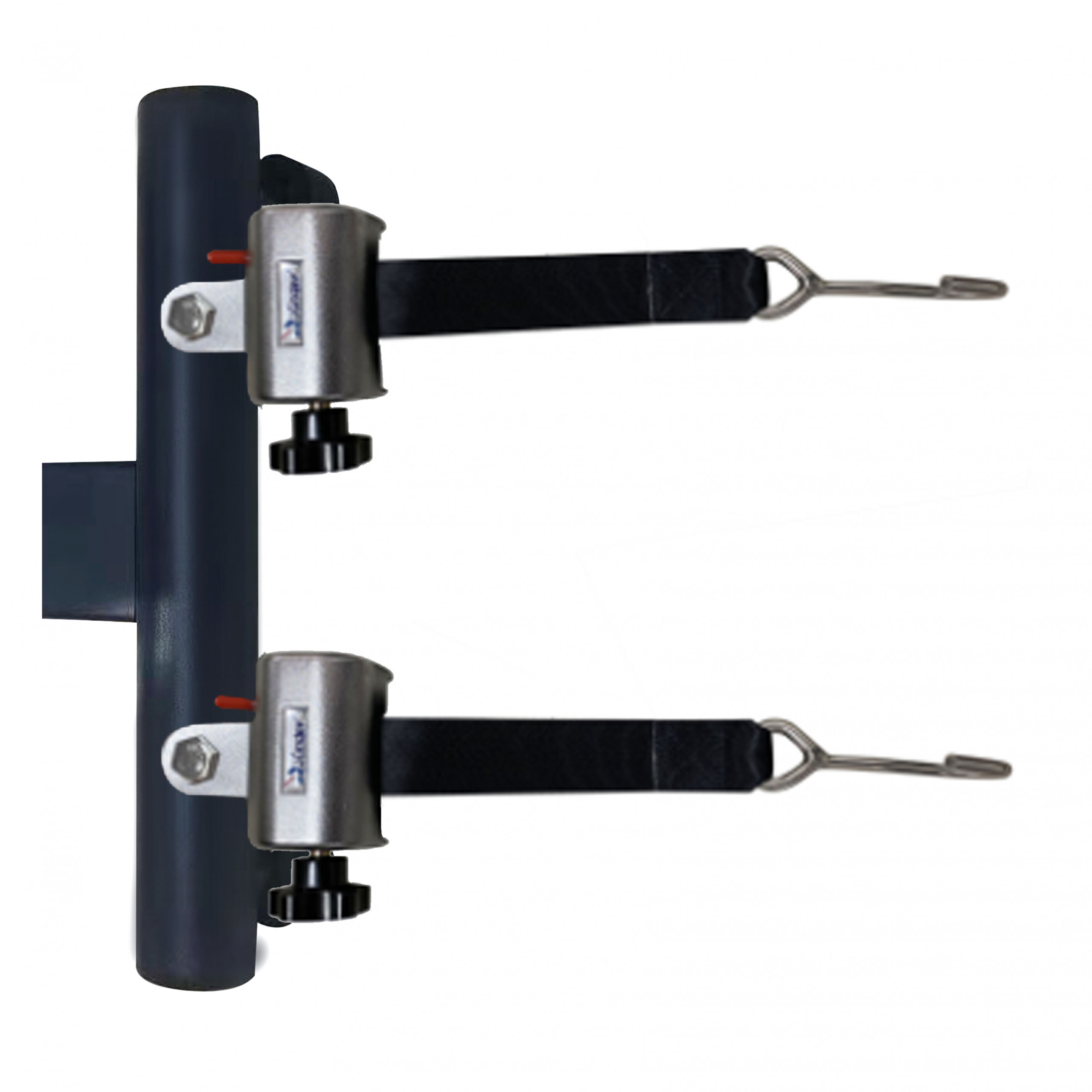 | Wheelchair Fixation |
| Type II: Anti-Tipper | 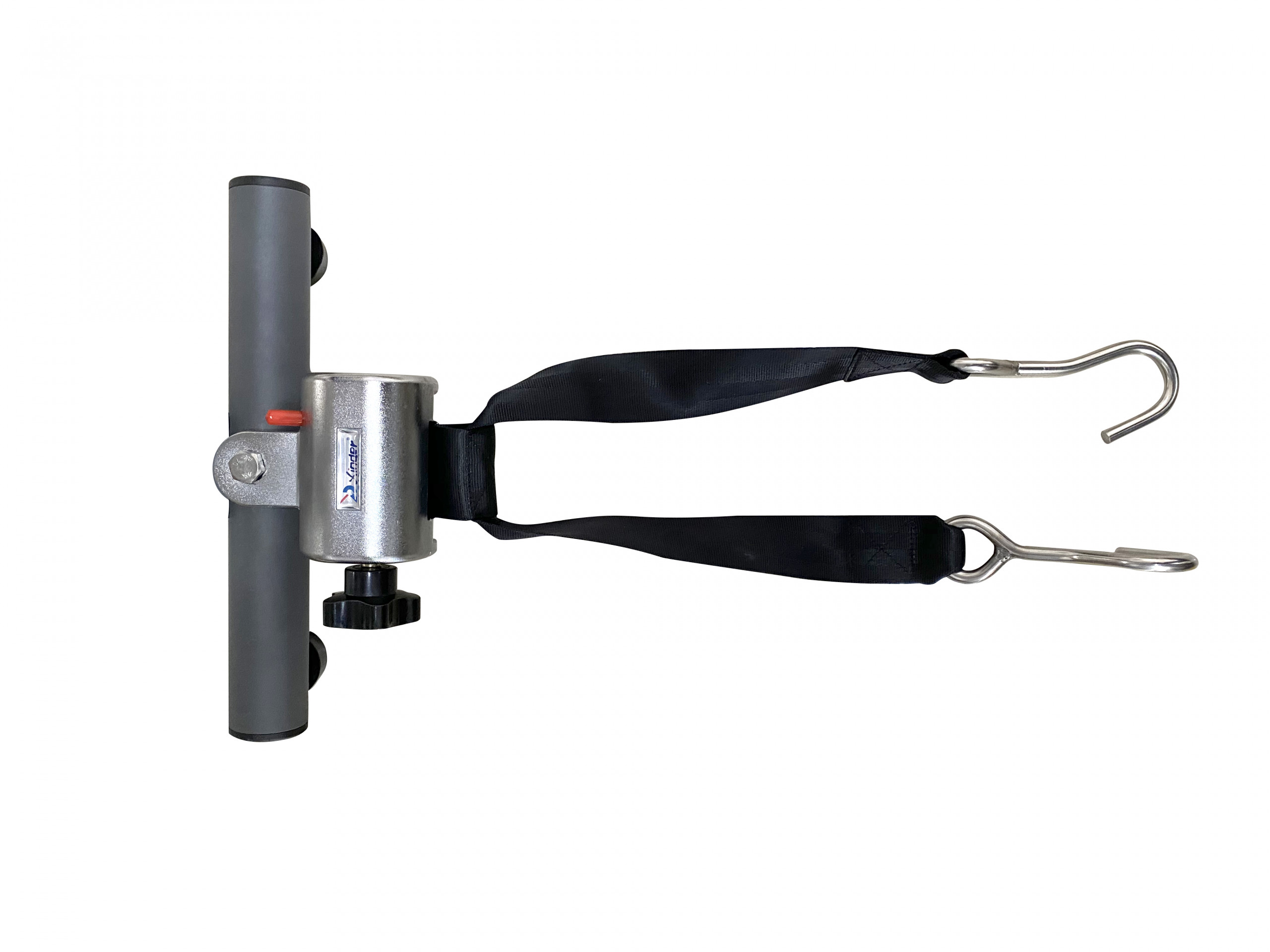 | Wheelchair Fixation |


